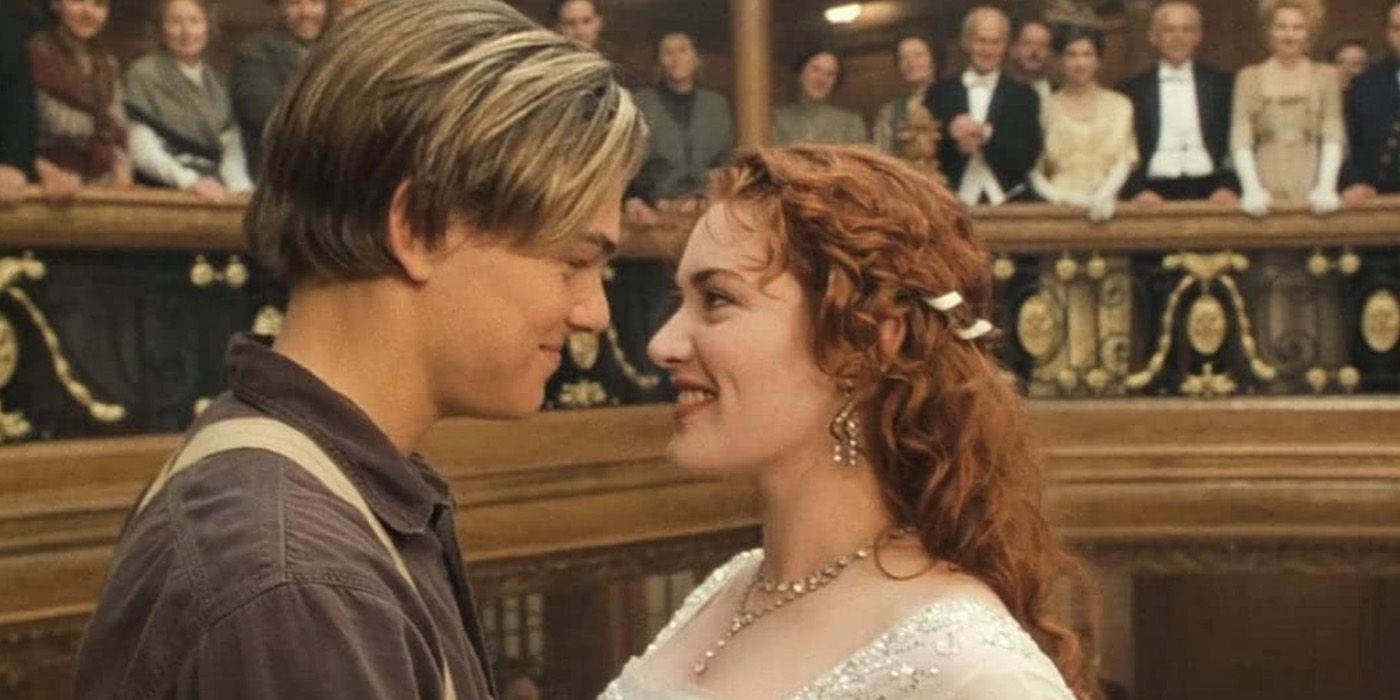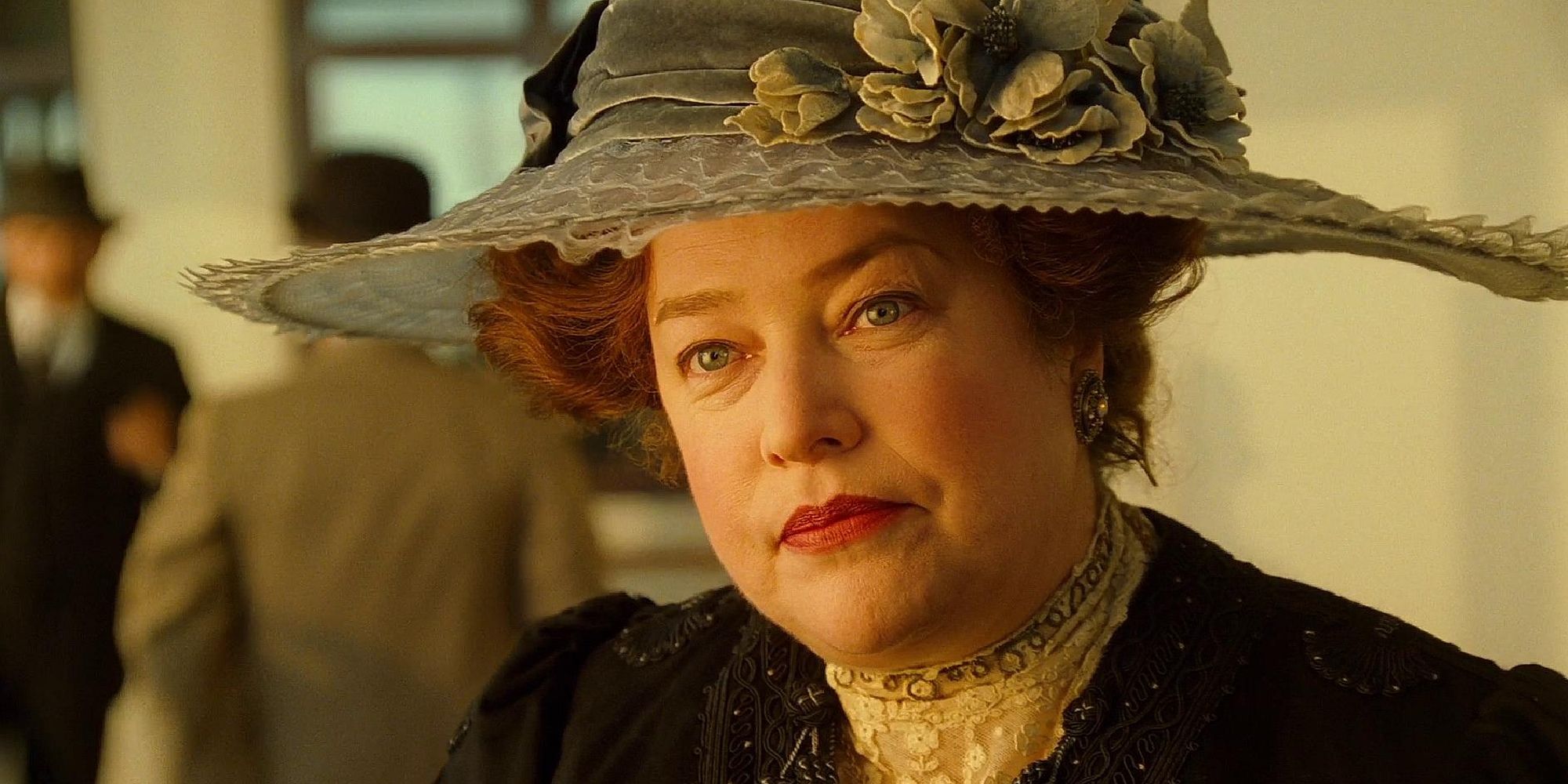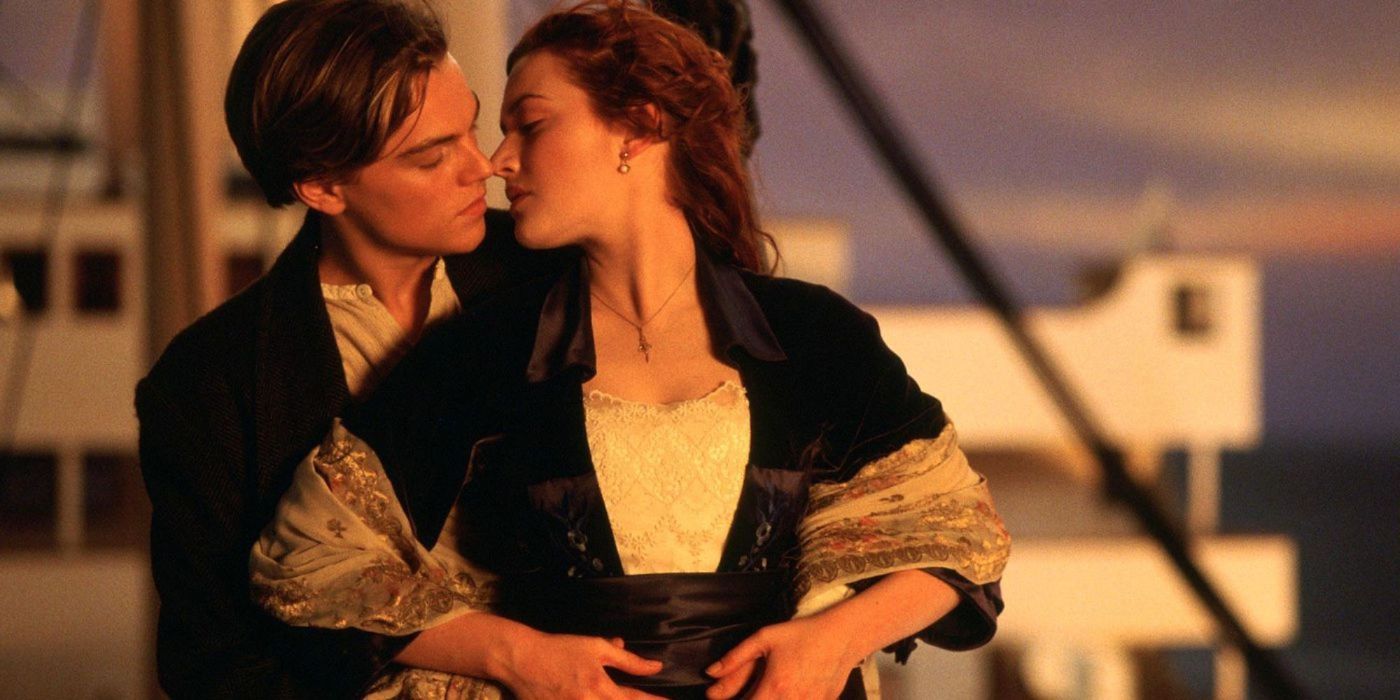
‘Titanic’ Combined Fact and Fiction Into an Unsinkable Disaster Movie
2022 marked the 25th anniversary of Titanic, James Cameron’s account of the infamous sinking of the “unsinkable” Titanic. The director famously recreated the great ship to the last rivet, an astonishing attention to detail that borders on mythical. He was, in fact, so meticulous about the tiniest details, including the pacing of the sinking to the minute, that he changed a shot for the 2012 3D re-release that showed the arrangement of the stars in the sky to match what would have been seen by Rose (Kate Winslet) while afloat on the sea, at the date and time, thanks to astronomer Neil deGrasse Tyson pointing out the inaccuracy of the shot. That James Cameron would choose to detail the event through the eyes of the fictional Rose and Jack (Leonardo DiCaprio) seems almost counter-intuitive to that, but in reality, the mixing of fact with fiction is precisely why the film works so well, and exactly why it moves viewers in a way that other disaster films can only hope for.

‘Titanic’ Isn’t Your Typical Disaster Film
Disaster films, in general, fall into two different categories: a depiction of an actual event, 1990’s Challenger or 2012’s Chernobyl Diaries; or a completely fictional catastrophic event, 2012 from 2009 or Alfred Hitchcock’s The Birds from 1963. The first category, where Titanic would sink in, typically is made up of films where the actual build-up to the event, including fictional characters and/or fictional actions of real people, is fabricated due to the lack of survivors available to recount details (1975’s The Hindenburg for example), sub-plots are added in to add a more intriguing element to the film (The Hindenburg again, with the lead up to the fiery end of the zeppelin is based on a conspiracy theory of a bomb on board), and films that are faithful to the event based on the stories from those who did survive, with Apollo 13 a notable entry on that front. The inherent problem with these films overall, though, is that there is a distance between film and viewer. It’s hard to be engaged by a fictional character, no matter how tragic the event, and a focus on real-life characters becomes the experience of one or two, which risks the viewer seeing the tragedy as some sort of karmic justice for their actions.

‘Titanic’ Perfectly Blends Fact & Fiction
Titanic, on the other hand, is the perfect blend of fiction and real events. The last point especially gives Titanic an advantage most films don’t have: name recognition. If you ask the average person if they know about the events chronicled in Deepwater Horizon, you’re more likely to get a vacant stare with the possibility of drool than an actual answer. If you ask the same person if they know about the Titanic, invariably they will give you the highlights: unsinkable ship, hit an iceberg, not enough lifeboats, ship sank.
Armed with that advantage, James Cameron then expertly flits about between fact and fiction, subtly preparing the viewer to actually give a damn about the people on the ship. Footage of the actual wreckage to start the film is haunting, and the pursuit of the Heart of the Ocean diamond is the MacGuffin that kicks off the story of Rose and Jack. The pair is set up as the Everyman aboard the vessel, and the story Cameron weaves with them sees the characters visit every nook and cranny of the ship. Through them, we are introduced to the trappings of the upper class aboard the ship with its fancy dining rooms and rich accommodations, the lively vigor of the third-class quarters below deck, and even the cargo hold where Rose and Jack sink their own ship in a Renault Towncar.

It is through Rose and Jack that we encounter the historical characters aboard the ship as well, and it is fascinating to see, looking back on the film, how James Cameron uses them. With the exception of Margaret “Molly” Brown (Kathy Bates) and J. Bruce Ismay (Jonathan Hyde), the managing director of the White Star Line, the time spent with these characters is largely only slightly more than a cameo. What this does is it lets the viewer meet these people and get a feeling of where they fit in, but not so long that the viewer has time to make a judgment of that character. There is no sense that any of these historical figures deserves their fate: Victor Garber’s ship builder Thomas Andrews, Bernard Hill’s Captain Edward John Smith, or bandmaster Wallace Hartley (Jonathan Evans-Jones), who famously played uplifting music with his colleagues as the ship went down.
